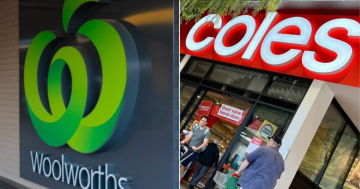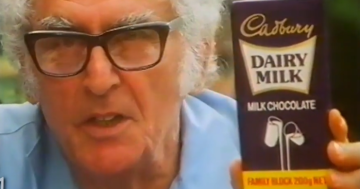 ArchivesACT has drawn from two records that reveal details about Canberra’s early retail industry for its February ‘Find of the Month’.
ArchivesACT has drawn from two records that reveal details about Canberra’s early retail industry for its February ‘Find of the Month’.
According to the records, retail centres were developed as the early Federal Capital Territory’s population grew and customers could visit their local stores to pick up their produce and access services.
However, this wasn’t convenient for everyone at a time when road networks and other transport infrastructure were in their early stages of development.
Archives said there were still residents in outlying communities such as workers camps who required access to retail outlets.
It said that some store owners and other traders saw the potential of this untapped demand and started to transport their goods and services to their customers as hawkers.
Prior to 1 January 1927, hawkers and pedlars licenced to operate in NSW were also free to operate in the Federal Capital Territory (FCT).
After an ordinance was passed in 1926, a Registrar was established to allow the Federal Capital Commission (FCC) to issue licences to hawkers and fines to any hawker operating in the Territory without one.
It said that by 1946 shop owners felt that vendors with hawkers’ licences were beginning to encroach upon their retail ‘patch’.
The minutes of a Council meeting held on 20 July 1948 record a lengthy discussion as a result of the recommendation that the Minister for the Interior address shopkeeper’s concerns that hawkers were conducting business in their shopping precincts.
The Council file on the subject also includes a petition presumably organised by one of the vendors taking advantage of the parking areas to conduct their hawking business.











